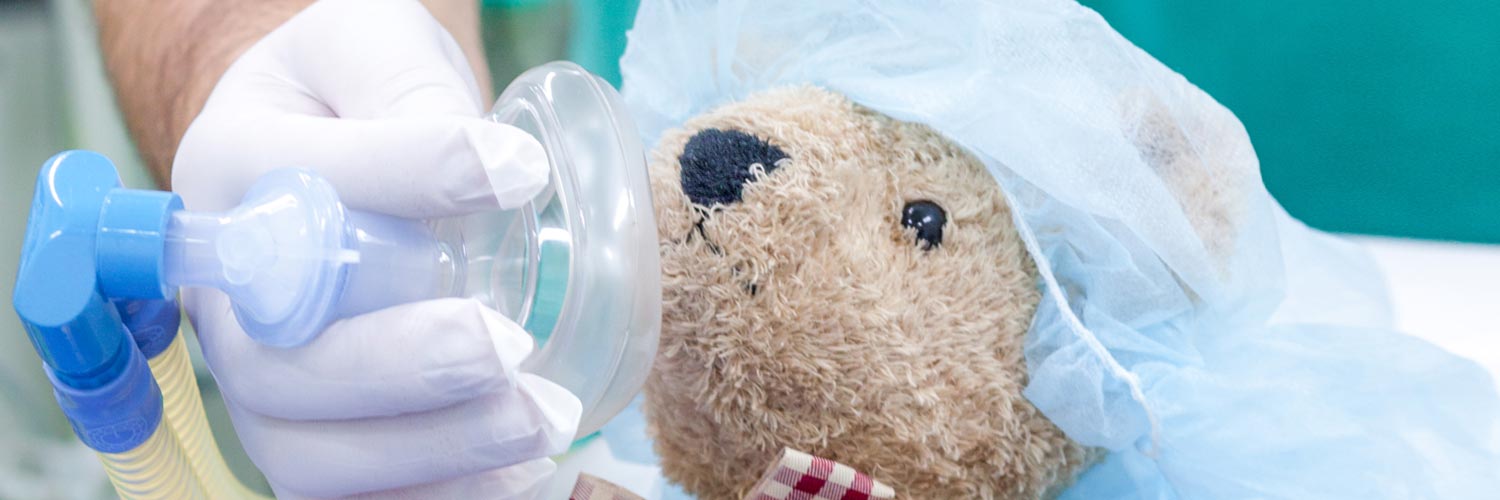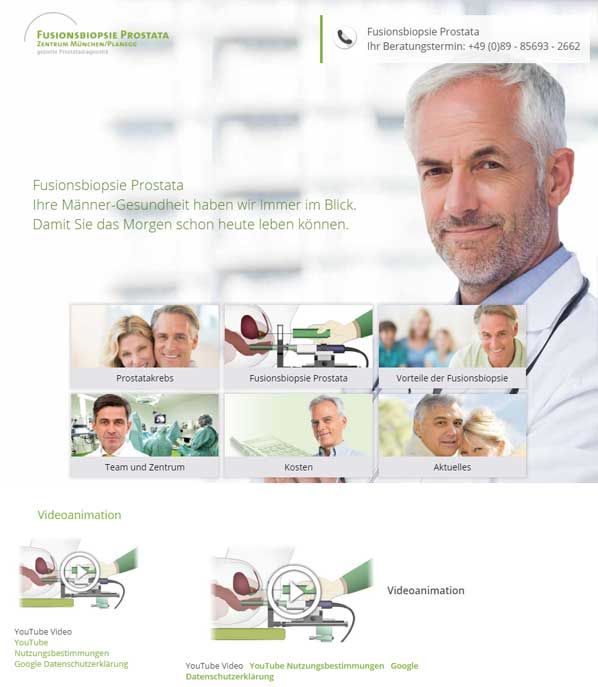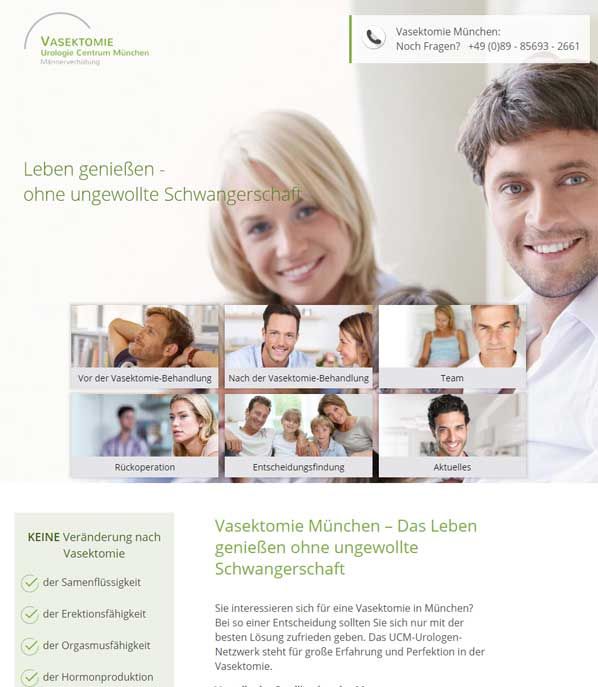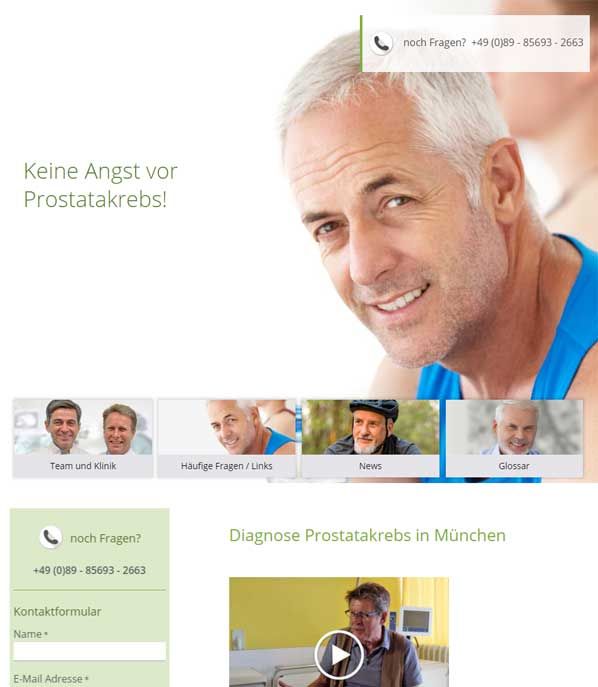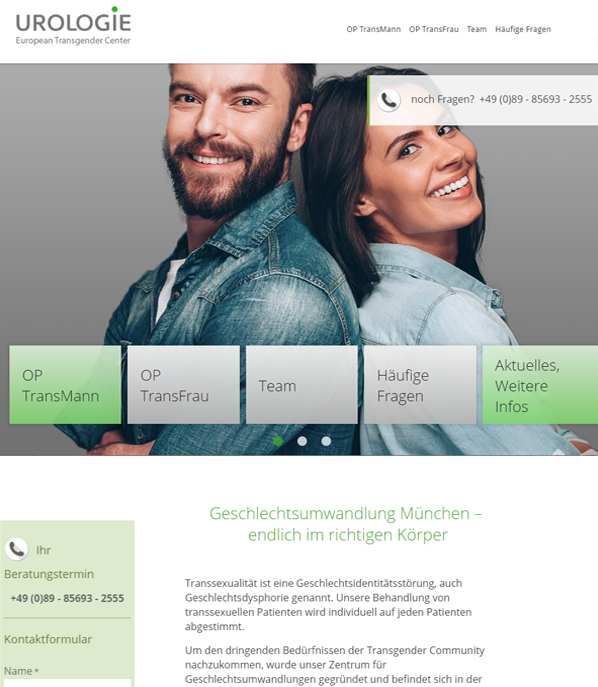Anaesthesia for children

When a child is being operated on, it is always an exceptional situation for both the child and its parents. The thought of having to go to hospital is an unpleasant and worrying one for all concerned.
The clarifying consultation
Prior to the anaesthetic procedure, a comprehensive premedication consultation is held, in which the general health of the young patient is assessed. In addition, sufficient time and opportunity is allotted to enable individual advice to be given, so that any fears, uncertainties and other particular aspects of the impending stay can be discussed. The anaesthetic procedure is also discussed and laid down, also in consultation with the child.
Preparation at home
You should explain to your child using language appropriate to its age what is going to happen on the day of the operation, to enable him or her to mentally prepare for the unusual situation on the day.
On the evening before the operation, the child should have a bath or shower. The child needs to wear comfortable clothing for the operation. Also you should pack a cuddly toy, a book, and maybe a mobile music player with headphones or the child’s favourite toy.
Stop eating and drinking in good time
Up to 6 hours before the anaesthetic, the child can have a small meal or a glass of milk, but with no chewing gum, sweets or jelly babies afterwards! Clear drinks such as water or diluted fruit juice is permitted up to 2 hours before the operation. All of this is necessary to avoid the inhalation of stomach contents. Medicines may only be taken in consultation with the anaesthetist. It is also important to remove any contact lenses, dental braces etc.
Immediately before the anaesthetic
About half an hour before the start of the anaesthetic, children are given a relaxant in the form of a syrup or tablet. The child will then become sleepy. It is no problem if you wish to remain with your child until he or she enters the operating theatre, where the nursing staff will hand over the child to the anaesthetist. The child may take his favourite cuddly toys with him.
The anaesthetic
The method of administering the anaesthetic depends to a great extent the on the child’s age and ability to cooperate. Before the intravenous line is put in place, the child receives a ‘magic patch’. This is placed at the needle entry point and the aim is enable its insertion with a minimum of pain. The anaesthetic is then administered either by inhalation of a gaseous agent or by injection into a vein. Once asleep, the child is fully unaware of any aspect of the surgical procedure and feels no pain. The child is continuously monitored by the anaesthetic team during the entire operation. The anaesthetist controls the administration of the anaesthetic and adapts it in line with each successive phase of the operation, to ensure that when the child reawakens from the anaesthetic, it is safe and feels no pain. With certain surgical procedures, a nerve blockade can be administered in addition to the anaesthetic itself to provide additional pain relief treatment. This is an option when performing operations on the penis (penile block) or on the groin and testicles (ilioinguinal blockade). The nerve blockade is performed once the child is already under anaesthetic. The child is fully unaware of the puncture procedure. The advantages of this additional nerve blockade are that a smaller dose of anaesthetic is needed during the operation and the child is free of pain for a period of several hours.
In general, the same potential complications that apply to adults can also occur in children. Breathing difficulties are more frequent among children than in adults, as their respiratory tracts react more sensitively. It is very important that the child is free of infection. This also includes light colds and coughs. If a child has a cold, there is a much greater risk of it developing a spasmodic closure of the respiratory tracts (laryngospasm or bronchospasm).
Waiting time for parents
Once your child has fallen asleep, the waiting starts, and it can sometimes be quite protracted. You should consider in advance how you wish to spend this time, since, after all, fear and uncertainty are quite nerve-wracking! You might find that taking a short walk or reading a good book can keep you calm. And remember that your child will need you once it has woken up, so you will need to keep your energy levels up!
After the anaesthetic
Directly after surgery, your child will be taken to the recovery room where it will awaken and also be monitored. It is important to us that you can be reunited with your child as soon as possible, so that you can all recover from the experience together.
Unfortunately, pain after an operation cannot be not completely prevented. However, to minimise it as far as possible, we will administer a painkiller or regional anaesthetic. Additional painkillers are also available in the form of suppositories, infusions or juices.
What else is important to remember?
At the time of the anaesthetic, your child must not be suffering from any feverish infection or strong cold, flu or cough. Should your child develop an acute illness before the operation, please call us at 089-85693-2512 to discuss what course of action to take from this point.


